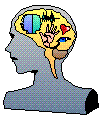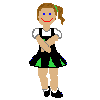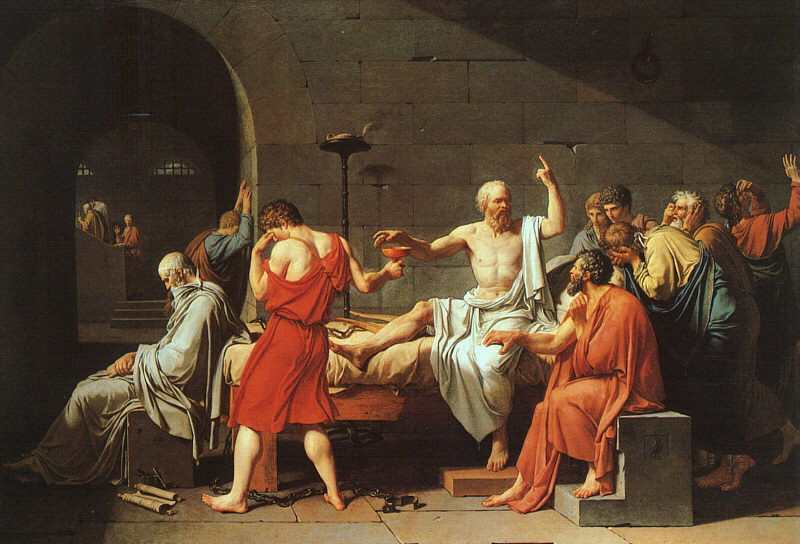| ESE504 : The Class : Advanced CD : Defining traits | |||||
|
Learners who are Exceptional
|

In one sense, learners who are exceptional includes all of us.
Each of us has a special way of learning, things that attracts our attention more than others,
ways we think that are unique to us,
special needs, like needing to see things in print
or liking to see an illustration to get a better idea about material,
viewing a mind map before reading a text.

Spend a few moments celebrating some of the ways you learn:
|
My best subject |
| A teacher who really understood me |
| A great way for me to learn is |
| When I really want to remember something, I |
| Nothing could stop me from getting the ideas when |
| The best learning support for me is |
| If you __________________ [show me, let me read, let me touch, tell me a story about] I can understand better. |
These ways of learning are special, and by paying attention to the things you know about yourself and how you learn best, you enhance the rate and effectiveness of your success as a student. ALL of us differ in the things that are the greatest help to learning things -- and all of us know of things that detract from learning.
Some of our strengths and weaknesses in learning are soft wired -- experiences formed the way we perceive and the things we are good at . . .
or hard wired -- these are limitations or special gifts we seem to have when we first start learning.
In this next chart, I share some of my strengths and if I think I acquired them or have always had them.
| ++ Reading | hard wired | I could read before I went to school and I read encyclopedias for fun |
| - math | both | I loved math, and a baby-sitter taught me algebra but starting in sixth grade my teacher made fun of my learning style and would not accept work that did not solve problems using the book method |
| -- art | hard | I don't "notice" changes in light, or "think" in pictures |
| ++music | hard |
My life is saturated in music. I learn instruments easily; all day I whistle, even wake up in the morning with a song running through my mind. |

In this next space, you do the same in your personal exploration of strengths.
|
|
||
|
[Filling out the personal assessments
is worth 25 points]
|
Want a pleasant and insightful way to learn more about yourself, your strengths and how others might relate to you and your way of learning? Why not go to this web site and take an on-line assessment about your personality and ways of learning and your way of "being" in the world?
Click here: KEIRSEY TEST
Self understanding and self awareness is the first step in learning to manage our curriculum so that we maximize the strengths and gifts of students, minimize frustration and create the best situation for students wanting to learn - - - How we maximize big MO -
 Motivation
and Momentum. Motivation
and Momentum. |
Just as we find our strengths, we can identify things we do not learn well, ways that we are limited by our natural abilities and past experiences.
In this next space, look at a youngster who has special needs and explore his or her strengths and gifts.
|
[Filling out the assessment on a student is worth 25 points] |
This chart becomes the first step in honoring the child, the learner, and successfully adapting instruction to accommodate and enhance the learning environment.
![]()
Right about now, doubts may be setting in.
If so, let them take their proper place.
After all what's the worst thing someone can do to you for turning the system upside down -- putting children first,
looking at strengths and learning styles rather than curriculum,
objectives and
methods of instruction?
Make you teacher of the year!

J.Louis David "Socrates Last Days"
OOOOOPS, I almost forgot about Socrates.
You should now:
Go back to Advanced CD
E-mail J'Anne Ellsworth at jet@sedona.net
Course developed by J'Anne
Ellsworth
![]()
Copyright © 1999
Northern Arizona University
ALL RIGHTS RESERVED